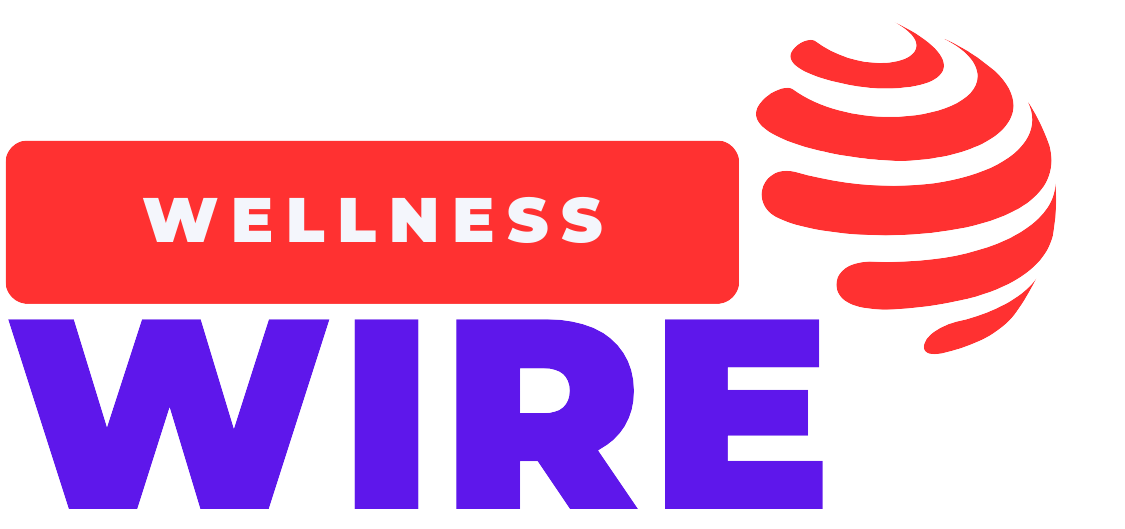Is Your Shampoo Making You Sick? The Toxic Ingredients Hiding in Your Haircare Products
Is your shampoo harming your health? Discover the toxic ingredients in popular haircare products and find out which shampoos are safe alternatives.

Introduction: What’s Lurking in Your Shampoo?
You might think your shampoo is just cleaning your hair, but what if it’s actually harming your health? Many popular shampoos contain chemicals that have been linked to hormone disruption, allergic reactions, and even long-term health risks like cancer.
The beauty industry isn’t as regulated as you might assume, and companies aren’t always transparent about the risks associated with certain ingredients. So, how do you know if your shampoo is safe? In this article, we’ll uncover the toxic ingredients hiding in your haircare products, their potential health risks, and the safer alternatives you should consider.
The Worst Toxic Ingredients in Shampoo
1. Sulfates (Sodium Lauryl Sulfate & Sodium Laureth Sulfate)
- Why it’s used: Sulfates create the foamy lather that makes shampoo feel like it’s deeply cleansing your hair.
- Health risks: These detergents strip natural oils, leading to scalp irritation, dryness, and increased sensitivity. They can also penetrate the skin and disrupt hormones.
- Backlink: The Dangers of Sulfates in Shampoo
2. Parabens (Methylparaben, Propylparaben, Butylparaben)
- Why it’s used: Parabens are preservatives that extend the shelf life of shampoos.
- Health risks: Parabens mimic estrogen in the body, potentially contributing to hormonal imbalances and increasing the risk of breast cancer.
- Backlink: Are Parabens Harmful to Your Health?
3. Formaldehyde & Formaldehyde-Releasing Preservatives
- Why it’s used: Added to prevent bacterial growth in shampoos.
- Health risks: A known carcinogen, formaldehyde can be absorbed through the scalp, increasing cancer risk and causing skin irritation, allergic reactions, and respiratory issues.
- Common names: DMDM hydantoin, diazolidinyl urea, imidazolidinyl urea, quaternium-15.
- Backlink: Formaldehyde in Cosmetics
4. Phthalates
- Why it’s used: Helps shampoos maintain their fragrance and texture.
- Health risks: Phthalates are endocrine disruptors linked to infertility, hormone imbalances, and developmental issues in children.
- Backlink: How Phthalates Harm Human Health
5. Synthetic Fragrances
- Why it’s used: To make shampoos smell appealing.
- Health risks: Many fragrances contain hidden chemicals that can cause headaches, allergies, asthma, and hormone disruption.
- Backlink: Hidden Dangers of Fragrance in Personal Care Products
6. Triclosan
- Why it’s used: Acts as an antibacterial agent.
- Health risks: Linked to antibiotic resistance, thyroid hormone disruption, and potential liver toxicity.
- Backlink: FDA’s Warning on Triclosan
7. Polyethylene Glycols (PEGs)
- Why it’s used: Works as a thickener in shampoo formulas.
- Health risks: PEGs can be contaminated with 1,4-dioxane, a known carcinogen that’s easily absorbed through the skin.
- Backlink: 1,4-Dioxane and its Risks
8. Alcohol-Based Ingredients (Isopropyl Alcohol, Propanol, Ethanol)
- Why it’s used: Helps dissolve oils and speed up drying.
- Health risks: Strips the scalp’s natural moisture, leading to dryness, irritation, and hair breakage.
- Backlink: How Alcohol Damages Hair
How These Ingredients Affect Your Health
Short-Term Effects:
- Itchy, flaky scalp
- Hair thinning and breakage
- Allergic reactions (redness, burning, hives)
- Headaches and dizziness from synthetic fragrances
Long-Term Effects:
- Endocrine disruption affecting hormones
- Increased cancer risk (due to formaldehyde, parabens, and 1,4-dioxane)
- Infertility and reproductive issues (due to phthalates and parabens)
- Immune system suppression
How to Choose a Safer Shampoo
1. Look for Natural, Organic Ingredients
Opt for shampoos with plant-based surfactants, like coconut-derived cleansers (cocamidopropyl betaine), and essential oils instead of synthetic fragrances.
2. Check Labels for "Paraben-Free" and "Sulfate-Free"
Many brands now offer formulas without these harmful additives.
3. Avoid "Fragrance" as an Ingredient
If a product lists "fragrance" without specifying its source, it likely contains hidden chemicals. Choose shampoos scented with essential oils instead.
4. Look for Third-Party Certifications
Seek products with labels like:
- USDA Organic
- EWG Verified
- Leaping Bunny (Cruelty-Free Certification)
5. Do a Patch Test
Before switching to a new shampoo, test it on a small area of your skin to check for allergic reactions.
Best Non-Toxic Shampoos to Consider
-
Acure Ultra Hydrating Shampoo (Sulfate-free, paraben-free, plant-based)
-
SheaMoisture Coconut & Hibiscus Shampoo (Free from sulfates, parabens, and phthalates)
-
100% Pure Burdock & Neem Healthy Scalp Shampoo (Made with all-natural ingredients)
-
Attitude Super Leaves Shampoo (EWG Verified, hypoallergenic, biodegradable)
Final Thoughts: Is It Time to Ditch Your Shampoo?
Many well-known shampoo brands contain toxic chemicals that can damage your hair and harm your health. The good news? There are safer alternatives available. By switching to natural, non-toxic shampoos, you can protect your scalp, hair, and overall well-being.
Before your next shampoo purchase, take a moment to read the ingredient list. A small change today could prevent long-term health risks tomorrow.
Want to dig deeper? Check out this EWG Shampoo Safety Guide to find out how your shampoo scores on safety!
What's Your Reaction?
 Like
0
Like
0
 Dislike
0
Dislike
0
 Love
0
Love
0
 Funny
0
Funny
0
 Angry
0
Angry
0
 Sad
0
Sad
0
 Wow
0
Wow
0



















































